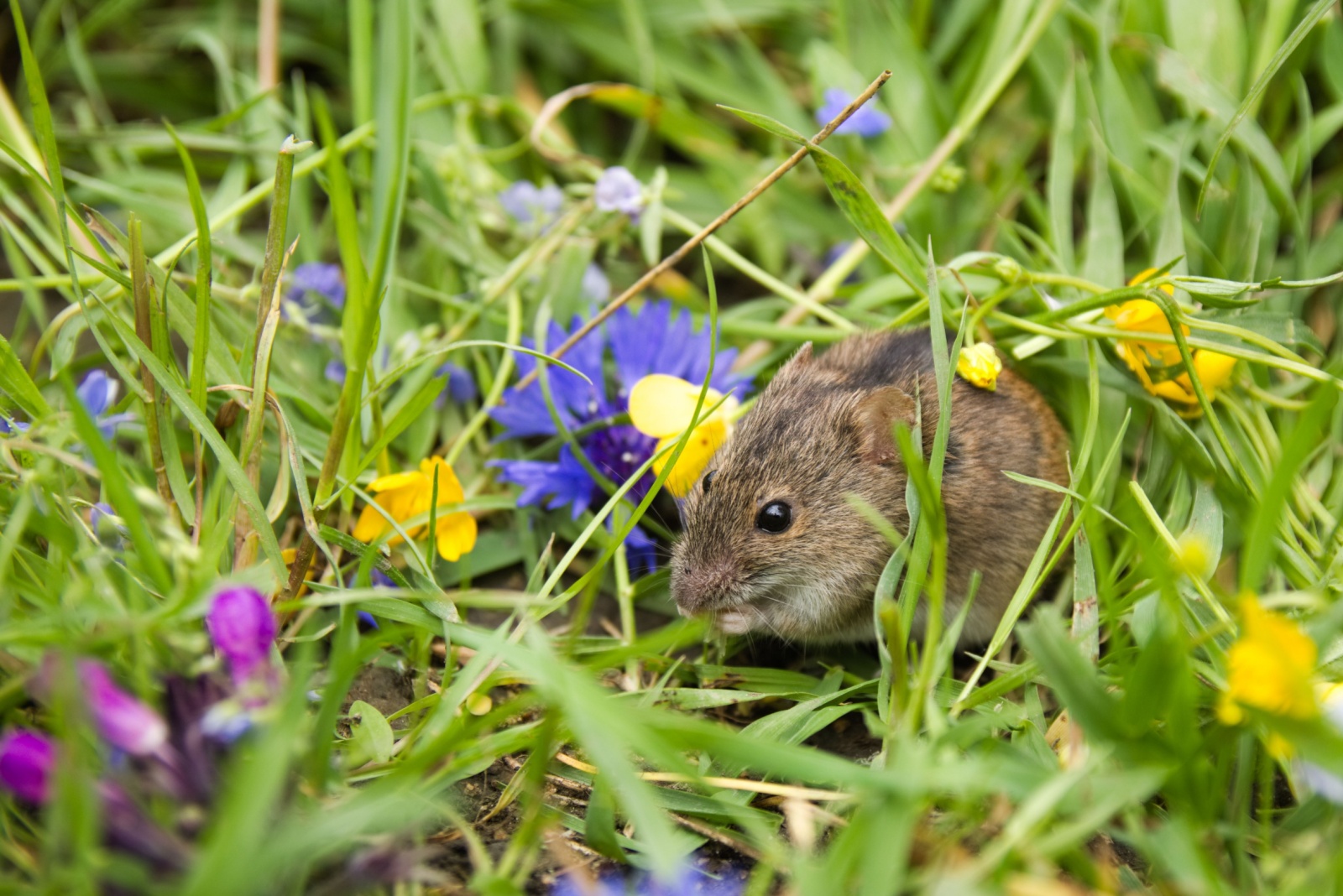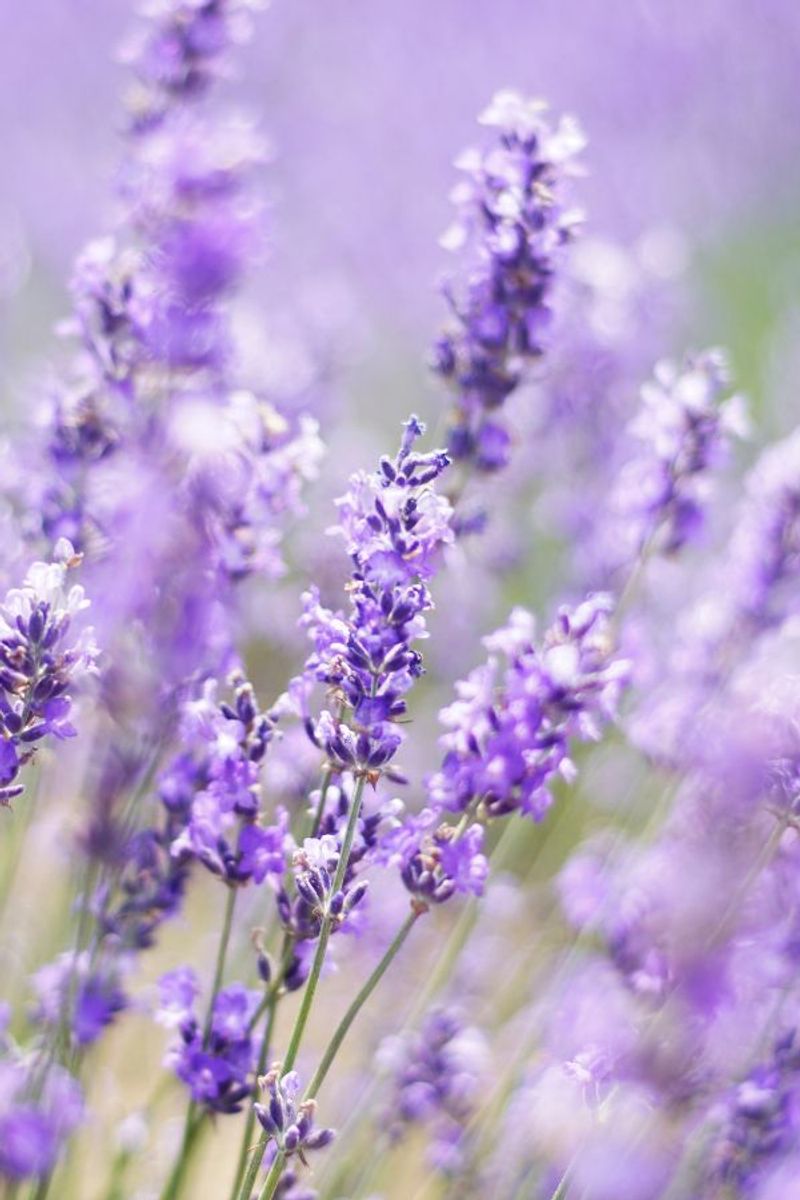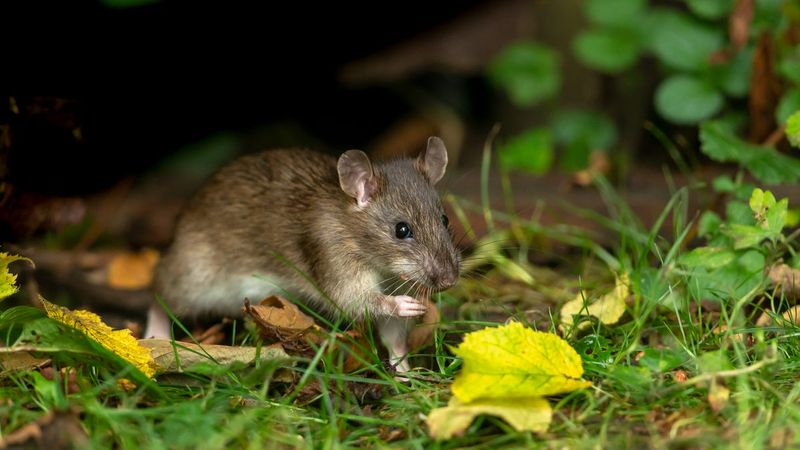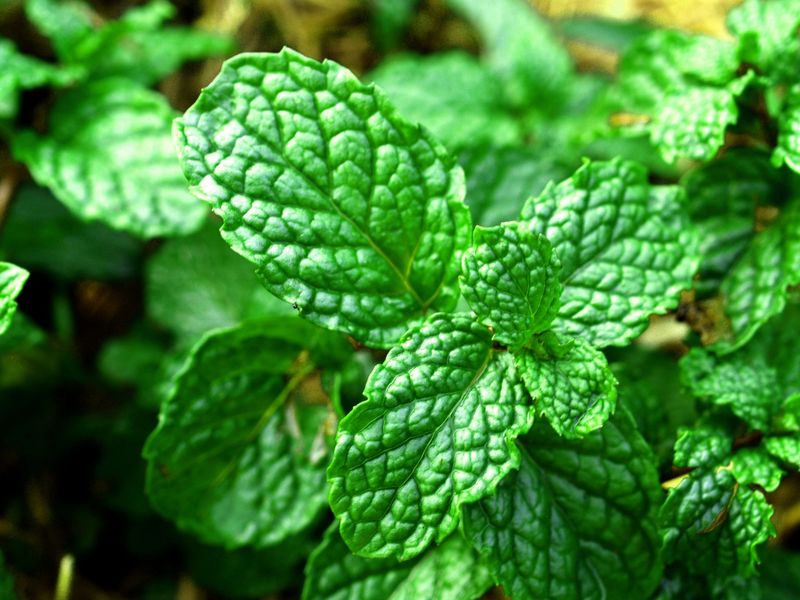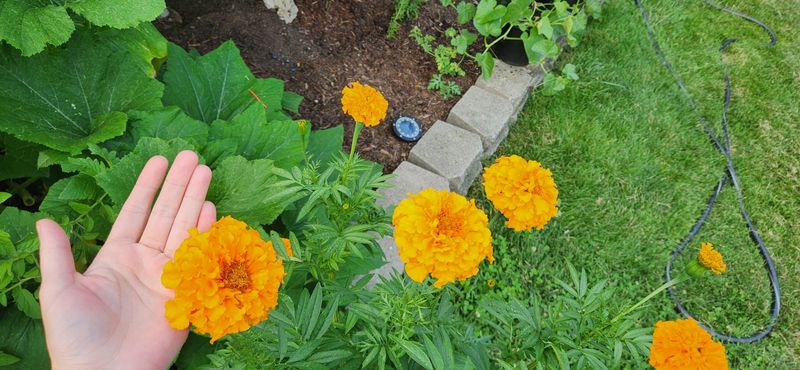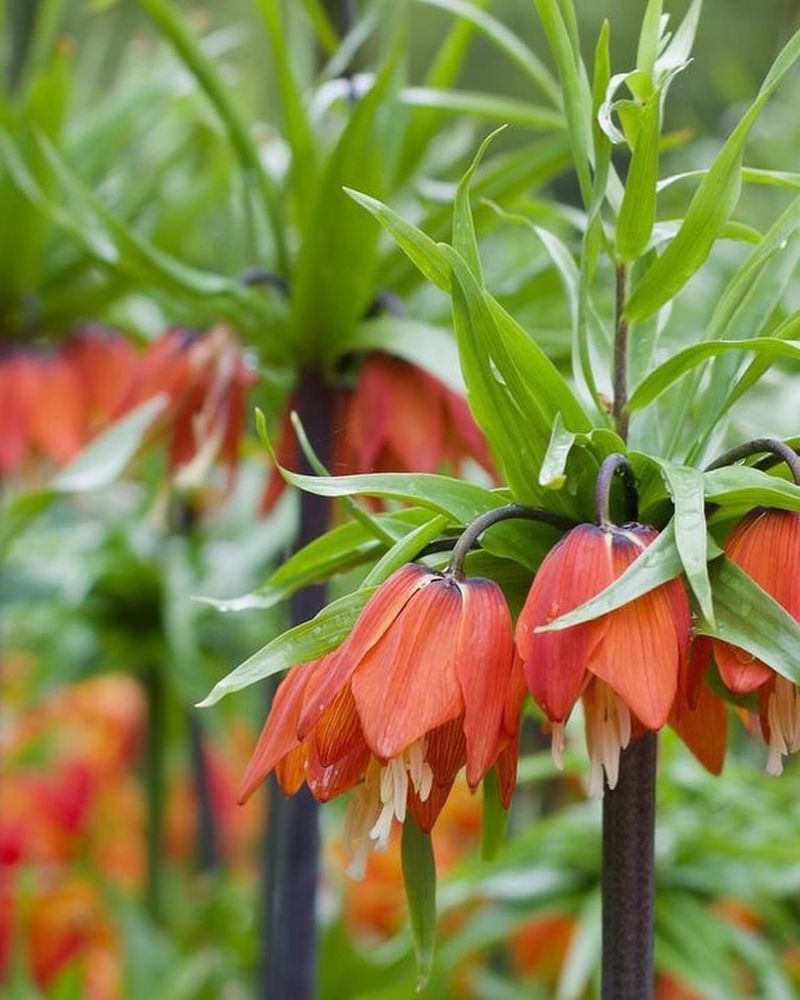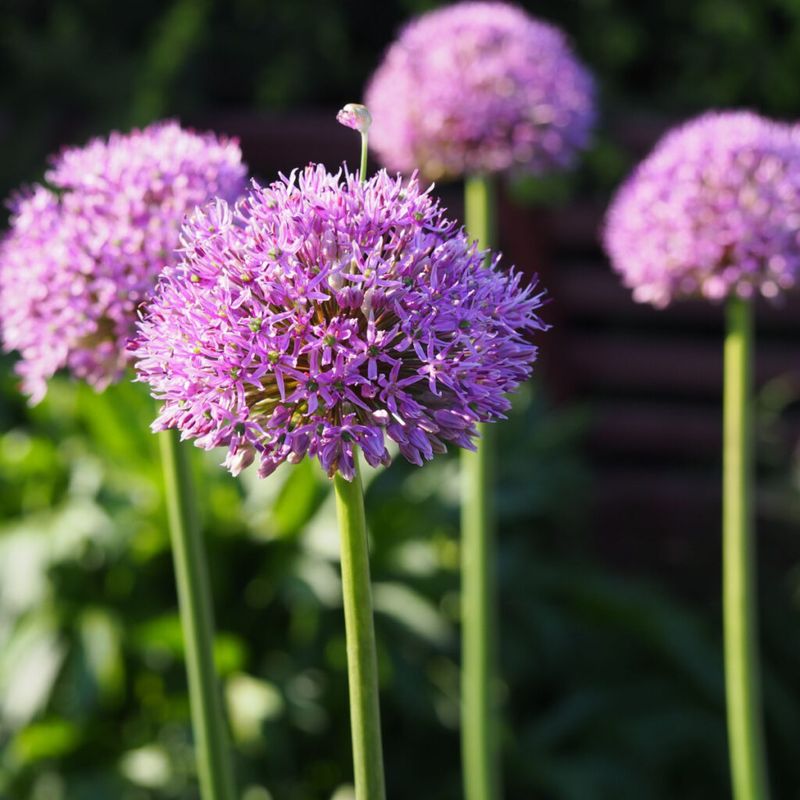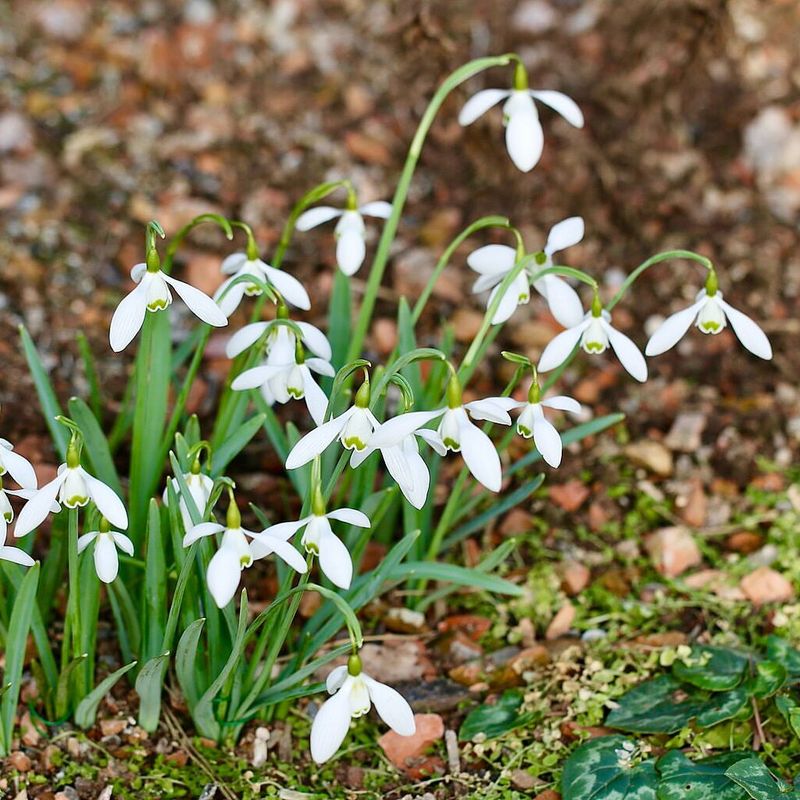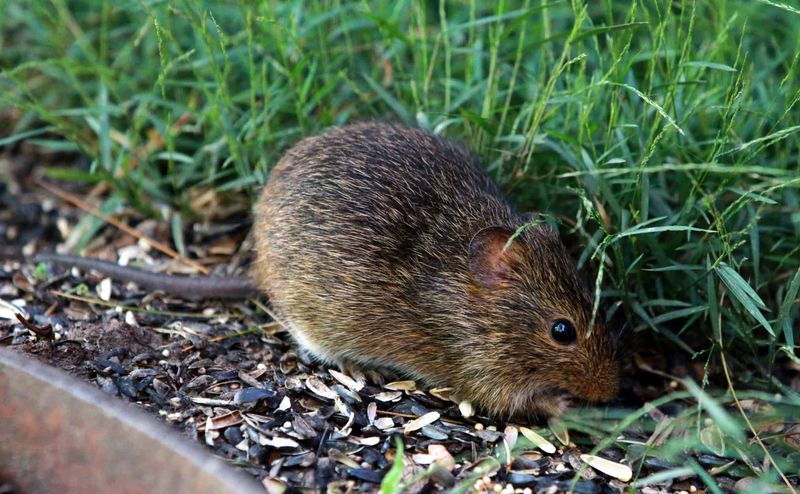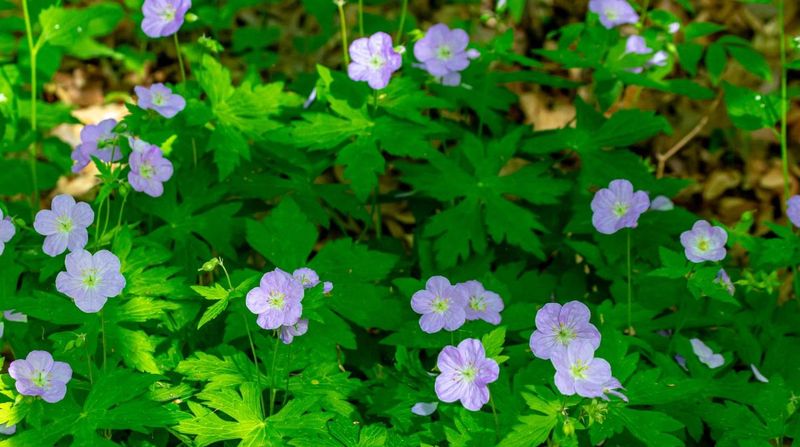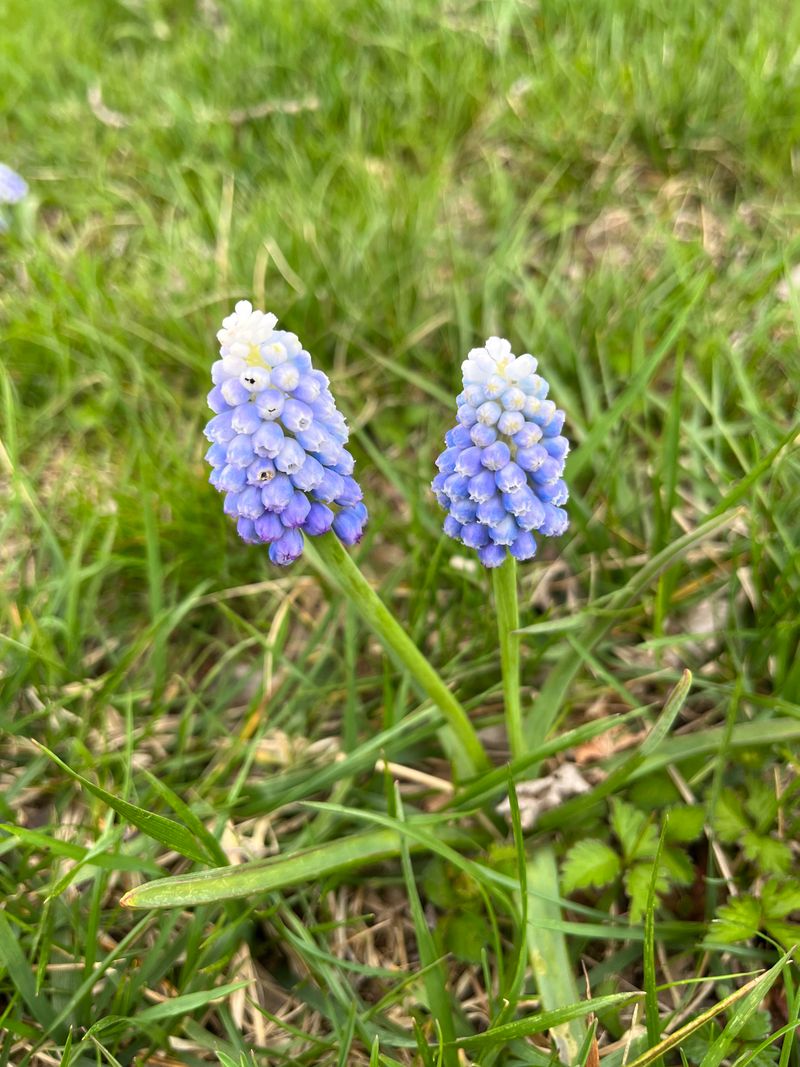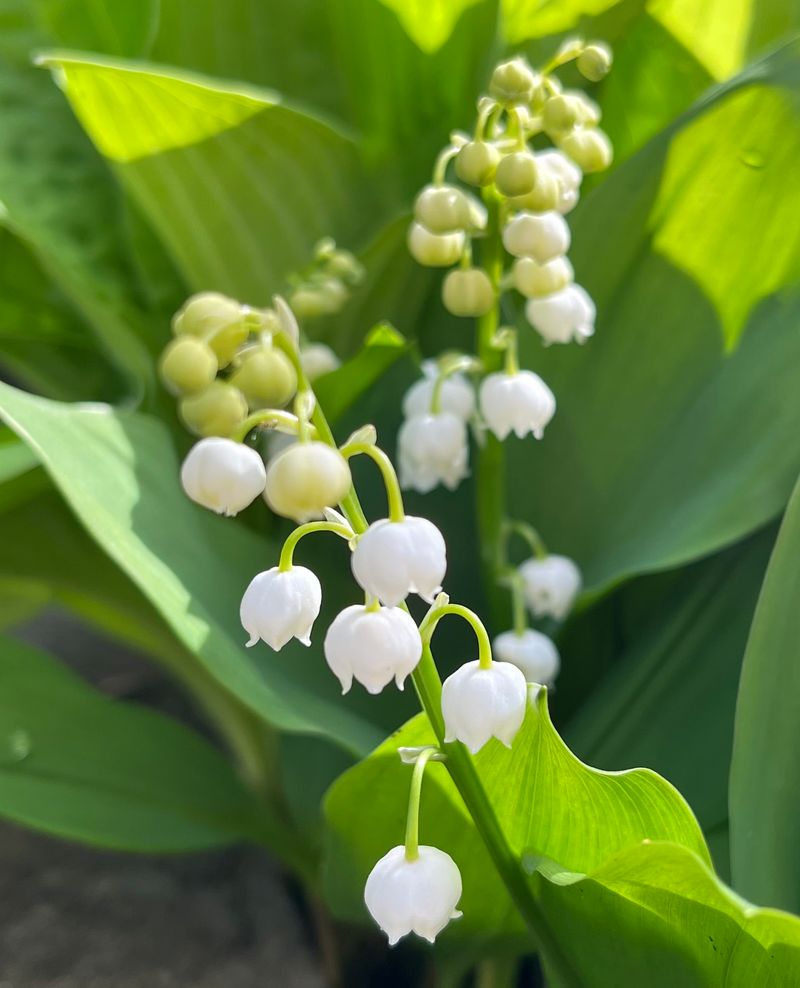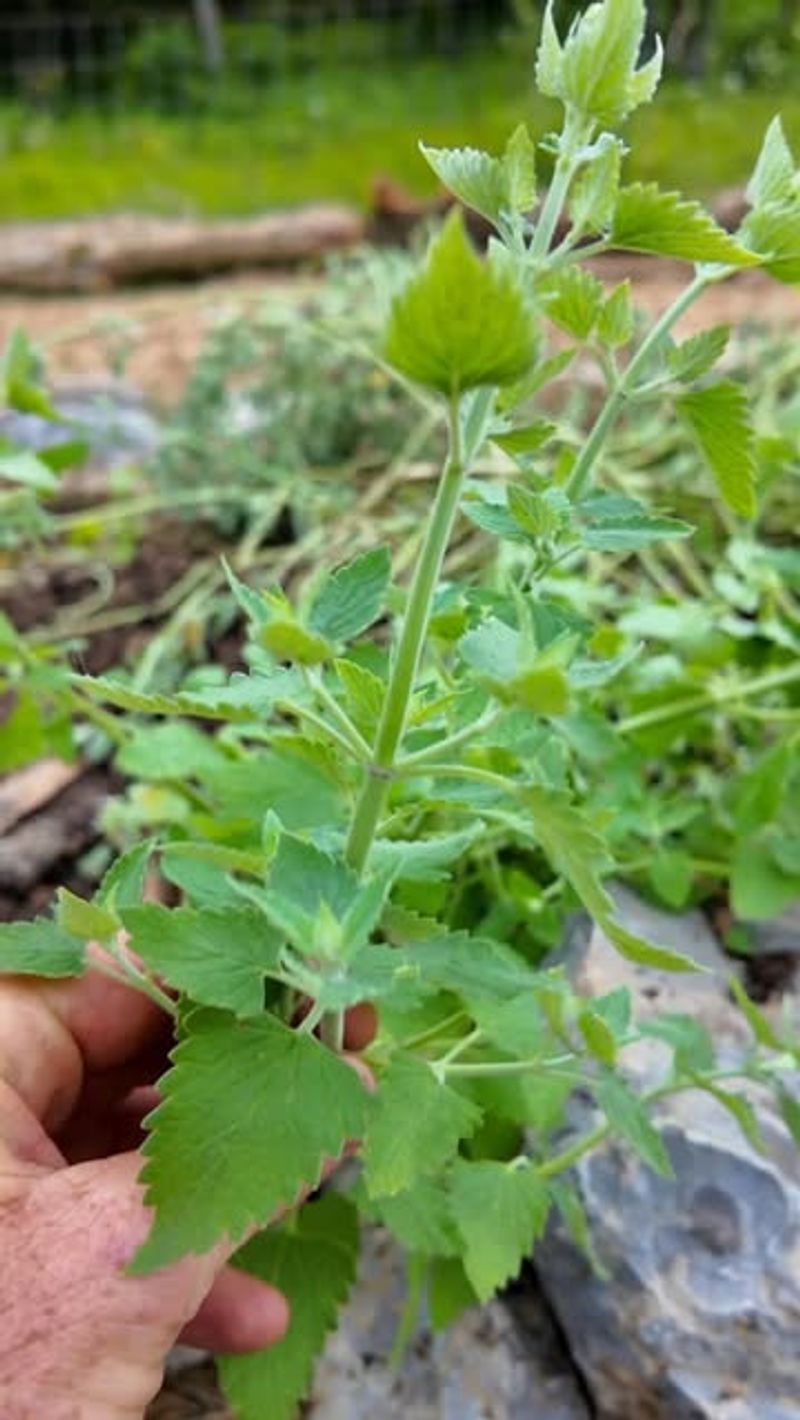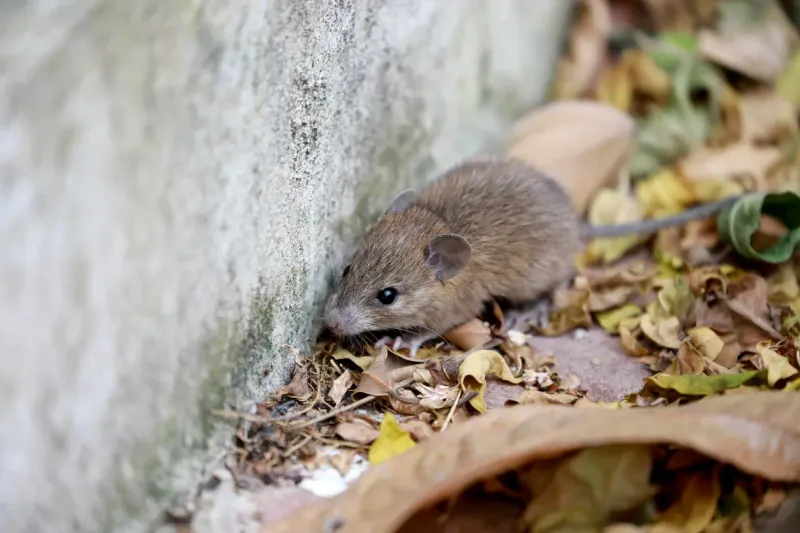Mice can be a real nuisance for Ohio gardeners, especially when winter hits and they start sneaking indoors. But you don’t need harsh chemicals to keep them away. More and more folks are turning to natural, garden-based solutions.
Certain flowering plants do double duty—adding color to your yard while repelling mice with their strong scents. Think mint, lavender, and marigolds. They’re easy to grow and surprisingly effective.
These plants fit right into Ohio’s growing conditions and offer a safer, prettier way to manage pests. It’s a win for your garden, your home, and the local ecosystem.
1. Lavender’s Mouse-Deterring Magic
Mice absolutely hate the strong scent of lavender, making it a perfect natural repellent in Ohio gardens. I planted some near my garage entrance last spring and noticed far fewer mouse problems when cold weather arrived.
This hardy perennial survives Ohio winters with proper mulching and grows well in our clay-heavy soils when amended with some sand for drainage. Many Ohio gardeners pair it with roses for pest protection.
For best results, plant lavender in sunny spots around entry points where mice might try to access your home. The purple blooms also attract beneficial pollinators, giving you multiple benefits from this wonderfully useful plant.
2. Daffodils: Nature’s Mouse Barrier
These bright yellow harbingers of spring contain natural alkaloids that mice find extremely unpleasant. When planted around the perimeter of your Ohio property, they create a natural barrier that most rodents won’t cross.
The bulbs themselves are toxic to mice, which means these pests instinctively avoid digging or nesting near them. In my experience, planting daffodils around storage sheds has significantly reduced mouse activity.
An added benefit for Ohio gardeners is their early bloom time, bringing color to your landscape while other plants are still dormant. They multiply naturally over time, strengthening your mouse defense year after year.
3. Mint: The Refreshing Rodent Repellent
Growing mint around your Ohio home creates a natural defense system against mice. The strong aroma overwhelms their sensitive noses and masks the scents they use to navigate, effectively confusing and deterring them from entering your space.
Ohio’s partial shade areas make perfect growing spots for mint, which thrives in our climate. Just be careful about where you plant it—mint spreads aggressively and can take over garden beds if not contained.
Consider planting mint in pots near entryways or along foundations where mice might try to enter. Around 8 varieties grow well in our state, with peppermint and spearmint being particularly effective at keeping the mouse population at bay.
4. Marigold’s Mighty Mouse-Fighting Power
Marigolds emit a distinctive scent that mice find offensive, making them avoid areas where these flowers grow. The bright orange and yellow blooms add cheerful color to Ohio gardens while secretly working as pest control.
These annual flowers perform exceptionally well in our Ohio growing season, blooming from late spring until the first frost. I’ve found that planting them around my vegetable garden not only deters mice but also helps with other garden pests.
For maximum effectiveness, plant marigolds in sunny spots near potential entry points, garden sheds, or compost areas where mice might congregate. Their roots release compounds into the soil that continue to repel mice even after the flowers have faded.
5. Crown Imperial’s Regal Defense
Crown Imperial lilies contain strong-smelling compounds that mice find deeply unpleasant. These tall, dramatic flowers with their distinctive crown-like blooms make a statement while quietly protecting your Ohio property from rodents.
The bulbs release a skunk-like odor that humans might notice only when handling them, but mice can detect it even underground. Plant these impressive flowers where you’ve had mouse problems in the past.
Despite our sometimes harsh Ohio winters, Crown Imperials return reliably each spring when planted in well-draining soil. Their unique appearance becomes a conversation starter among neighbors, who often don’t realize they’re admiring your secret mouse defense system.
6. Alliums: Ornamental Onions That Deter Mice
Alliums belong to the same family as onions and garlic, containing sulfur compounds that mice actively avoid. Their perfectly round, purple blooms on tall stems look striking in Ohio gardens while providing excellent rodent protection.
These perennial bulbs naturalize well in our climate and return year after year with minimal care. The mouse-repelling properties work even when the flowers aren’t in bloom, as the underground bulbs continue releasing deterrent compounds into the soil.
Last summer, I planted a border of alliums around my garage, and mouse activity noticeably decreased by fall. Their architectural form works well in both formal and cottage garden styles common throughout Ohio.
7. Snowdrops: Early Bloomers That Mice Avoid
Snowdrops contain alkaloids that make them unpalatable and toxic to mice, creating a natural barrier in your Ohio garden. These delicate white flowers are among the first to emerge, sometimes even through snow, signaling spring’s approach.
Their toxicity means mice won’t dig up or damage the bulbs, unlike many other early spring flowers. Plant them near foundations, along walkways, or anywhere mice might travel or nest during winter months.
Ohio’s climate provides the perfect cold period these bulbs need to thrive and multiply. Over time, snowdrops form impressive colonies that not only beautify your yard during the bleakest months but strengthen your mouse defense network year after year.
8. Daffodil’s Toxic Cousin: Narcissus
Narcissus varieties contain lycorine, a bitter compound that mice instinctively avoid. While many Ohio gardeners know them simply as another type of daffodil, their repellent properties make them valuable allies in natural pest control.
These spring-flowering bulbs establish easily in our Ohio soils and multiply over the years, creating an increasingly effective barrier against mice. The paper-white varieties perform particularly well in partly shaded areas common in many Ohio landscapes.
Try planting narcissus bulbs in a protective ring around especially vulnerable areas like garden sheds, compost bins, or entry points to your home. Their cheery blooms will welcome spring while their hidden chemical properties keep mice looking elsewhere for habitat.
9. Geraniums: Colorful Mouse Deterrents
Geraniums produce a scent that’s pleasant to humans but offensive to mice, making them excellent natural repellents. Their bright red, pink, or white blooms add color to Ohio porches and gardens while helping keep rodent problems at bay.
Many Ohio gardeners bring potted geraniums indoors during winter, unwittingly creating an additional layer of mouse protection inside their homes. The plants continue to emit their deterrent scent year-round when kept in sunny windows.
For outdoor use, I’ve found that placing geraniums in containers near doors, patios, and potential entry points creates effective mouse barriers. They thrive in our summer conditions and can be easily propagated from cuttings to expand your mouse defense system.
10. Hyacinths: Fragrant Mouse Fighters
Hyacinths contain compounds that mice find particularly offensive despite their sweet fragrance that humans enjoy. Their strong scent effectively masks the trails mice use to navigate, confusing them and disrupting their movement patterns.
Spring-blooming hyacinths perform wonderfully in Ohio’s climate, requiring the cold period our winters provide to bloom properly. Plant them near basement windows, garage doors, or other potential entry points for best results.
After trying several varieties in my own garden, I’ve noticed the purple and blue hyacinths seem most effective at deterring mice. Their bulbs contain the highest concentration of mouse-repelling alkaloids while adding stunning early color to Ohio landscapes.
11. Euphorbia: The Unusual Mouse Deterrent
Euphorbias contain a milky sap that mice find irritating and avoid at all costs. These architectural plants with their distinctive form add interesting structure to Ohio gardens while providing excellent rodent protection.
The species known as “Mole Plant” (Euphorbia lathyris) is particularly effective, despite its misleading name. It grows well in our Ohio climate and self-seeds readily, though it’s not invasive in our region.
Plant euphorbias in areas where mouse activity has been problematic. Just remember to wear gloves when handling them, as the same sap that deters mice can cause skin irritation for gardeners too. Their unique appearance makes them conversation pieces in any Ohio landscape.
12. Lily Of The Valley: Sweetly Scented Mouse Repellent
Lily of the Valley produces glycosides that are toxic to mice, making these areas of your garden no-go zones for rodents. The sweet fragrance we enjoy actually signals danger to mice, who instinctively avoid these seemingly innocent white bells.
These shade-loving perennials thrive in Ohio’s woodland-edge conditions and gradually spread to form effective mouse barriers. Consider planting them along north-facing foundations or under trees where mice might seek shelter.
Because they’re toxic, they’re perfect for areas where you want long-term mouse control without reapplication. Just keep in mind they’re also toxic to pets and children, so plant accordingly in your Ohio landscape, focusing on areas less frequented by family members.
13. Catnip: Not Just For Felines
Catnip contains nepetalactone, a compound that attracts cats but strongly repels mice. This makes it a dual-purpose plant in Ohio gardens where both cats and mice are present.
Growing easily in our climate, catnip establishes quickly and returns reliably each spring. The light purple flowers aren’t particularly showy, but their mouse-repelling properties make them valuable additions to any Ohio garden.
I’ve planted catnip around my tool shed and compost bin with excellent results. As an added benefit, neighborhood cats occasionally visit and further discourage rodents. Just be aware that enthusiastic felines might damage plants while enjoying their effects.
14. Wormwood: The Powerful Mouse Repellent
Wormwood contains thujone and other compounds with extremely bitter properties that mice absolutely detest. Its silvery-gray foliage adds interesting texture to Ohio gardens while working hard to keep rodents away.
This hardy perennial stands up well to our variable Ohio weather conditions, tolerating both summer heat and winter cold. The variety Artemisia absinthium is particularly effective for mouse control when planted around perimeters.
Unlike some repellent plants that work only when flowering, wormwood’s deterrent properties function year-round through its aromatic foliage. Plant it near vegetable gardens, storage areas, or anywhere mice have been problematic in your Ohio landscape.

